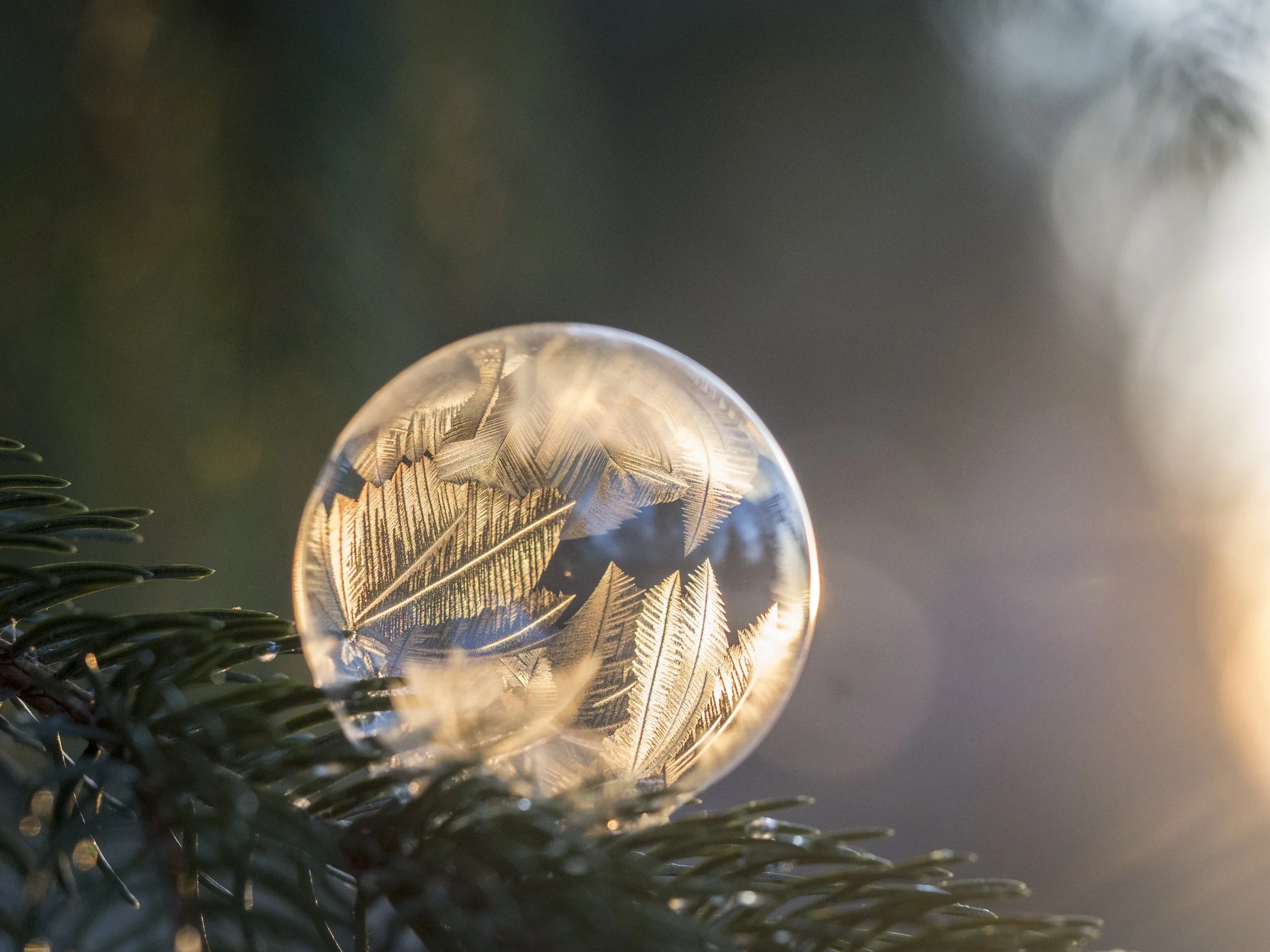Image: unsplash/Elisa Coluccia
The seasons turn and we notice the days shorten and shadows lengthen earlier. It is approaching the time of the Winter Solstice, a time of deepest darkness when we huddle around our families and warm fires. But it is also a special time when we see brightest stars and wonder is awakened again.
It is the time in its journey when the earth is tilted the furthest from the sun. The Solstice marks the shortest day of our year and is celebrated on December 21, the first day of winter. The days gradually lengthen after this moment in universe time. It is the seasonal rhythm of earth, seeking balance and harmony through the turn of seasons. There is its counterpart, the Summer Solstice, the longest day of the year. At the marks of the fall and spring we the season’s change once more, and it is the Autumn and Spring Equinox, equal time of day and night calling us to balance and re-centering in the energies of light and dark.
“It is precious time for being within and seeking the Creator of all being and life nestled in solstice time.”
These seasonal markers of earth have been celebrated by millennia of human ancestors. For the Celts, the calendar was marked by the solstices and equinoxes, marking the Quarter Days. Traditionally our pagan ancestors celebrated this time to pray for the sun with its life and light to return. We often associate “pagan” with a people without faith and the true light. Yet in the origin of word “pagan,” we find beneath its layers of history that it is derived from “people of the woods or people of the land.” Originally a term of disparagement from those who were “civilized.” Yet it is something to ponder in this wintertime, for we have lost our connection to nature. Although we might not follow the pagan traditions that evolved, there is something to recover in our relationship to nature. For we have largely lost our intimate connections with the natural world, for with our technologies and power we feel self-sufficient. Our ancient ancestors knew they needed the earth, to listen to is rhythms and to honour the ways of the universe.
Image: Unsplash/Aaron Burden
The word solstice itself is from the Latin sol “sun” and sistere “to stand still.” The sun seems to stand still, its movement invisible. It reminds us, though to take moments of “standing still,” contemplative space for pondering meaning and place in our hearts and lives. The season of winter calls us to a different way of being, apart from the busy rush of long days of light inviting glad work and happy projects. All now lies dormant as the fields rest and the forest quietens to usher in this sacred time of letting go and renewing of peace and inner life. Beneath the soils there is a waiting, a becoming unseen and yet present, awaiting its wakening when the time is right, and the seasons turn once more. It is precious time for being within and seeking the Creator of all being and life nestled in solstice time.
-Sister Linda Gregg, csj



